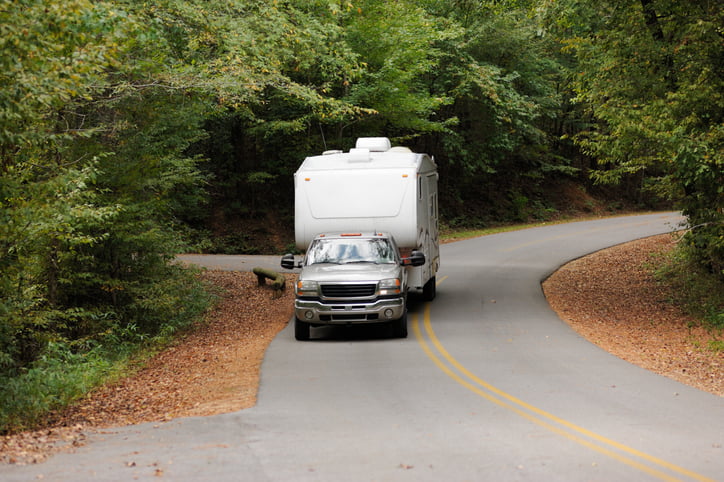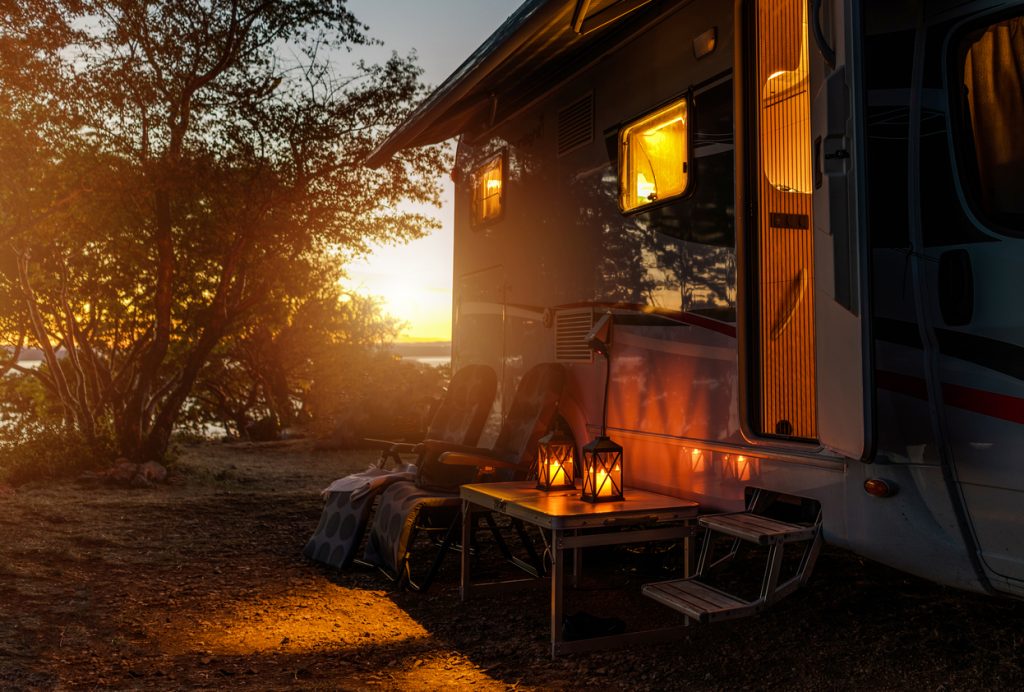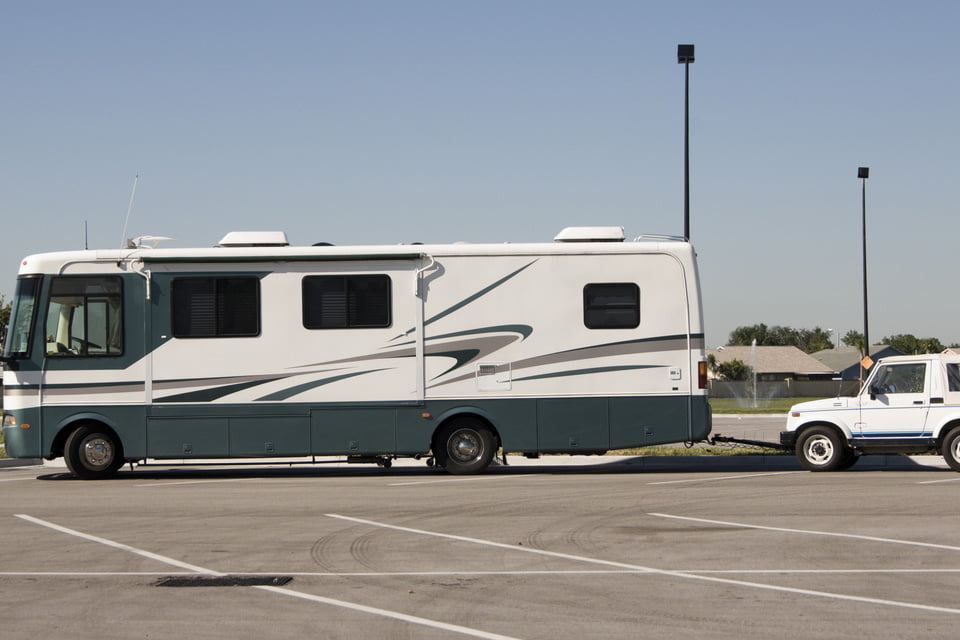In the height of summer, highways can become congested as people head out on their adventures. The roads are full of vehicles and drivers of varying experiences and backgrounds. Some are even towing for the very first time. A quick tune-up of your defensive driving skills can help you improve your towing skills and stay safe on the road.
Look Up
It sounds simple, yet most drivers don’t look up. They fixate on the bumper of the vehicle in front of them. Race drivers are taught to look up and over the traffic, focusing on a vehicle at least ten car lengths ahead. This technique provides more reaction time when cars start slowing down. What’s interesting about this technique is that your peripheral vision still takes in everything that’s going on around your vehicle, despite focusing on a vehicle way ahead. Once you get used to it, you’ll find that your movement through traffic is much smoother, requiring much less braking and delivering fewer surprises.
Practice Backing Up
One aspect of towing that no one can avoid is backing up. Backing up is often the most frustrating part of the whole camping experience. The reason for this is simple; you rarely get to practice. Knowing you’ll have to back up at some point, making time to practice is a great idea. Here are some tips that will help make it a little less frustrating.
- When backing up, always do so from the driver’s side only. Never back in using only the passenger side mirror – it’s dangerous. Using the driver’s side sometimes requires going around the block to get the rig facing the right way. It’s worth the extra time.
- Use your four-way flashers every time you back up. This is a courtesy to warn those around you that you’re doing something they need to be aware of. Flashers warn others that while backing up, you may not be able to see them.
Before you back into any space, park and walk to the back of the trailer to examine the site you’re about to back into. Will the trailer fit? Pull out a tape measure if you must. Then check the ground for debris, holes, rocks etc.
- Look up and check for wires, branches, or other obstructions. Then pick one thing you can see in your driver’s side mirror at the back of the site that will let you know when to stop.
- Once moving, if you’ve surveyed the site properly, you’ll know for sure that the entire trailer will fit in the space you are backing into. Knowing this is important because you now know for sure (without looking) that the passenger side of your rig will fit. Why is this important? Because now your only concern is the driver’s side. You only have to watch one mirror; if you stay close to your side, the passenger side will take care of itself.
- If you want to use a spotter, arrange with them to stand in your driver’s mirror at the rear of the unit in full view. They should signal all directions with hand signals only (make up your own and agree on what they mean in advance). In my experience, hand signals work better than yelling and cause fewer arguments too! Working with a spotter is a partnership that needs to be practiced. You must understand each other, and each person must know their job. If you discuss and practice, it will turn out well.
- Beware of the helpful bystander. There always seems to be a person anxious to help guide you into your site while backing up. They do this as a friendly courtesy, but the problem is they may not be good at it and accidentally guide you right into an obstacle. If someone wants to help, politely thank them and use your own experienced spotter.
Check Your Tires
After you’ve made it through most of the summer, your tires may require a checkup. Like our feet, tires are in constant use, and their importance is often overlooked.
There are two important checks to complete for your tires. Checking for proper pressure often and visually inspecting the casing for cracks, looking for uneven tread wear. In the case of car and truck tires, casings rarely fail before the tread wears out. However, with trailers that often sit for months at a time, knowing the age of a tire becomes much more important. If you’re in doubt about the age of your trailer tires, here’s how to find out.
Tires carry a Transport Canada approval code that identifies the tire manufacturer and plant, tire make and model, and the production date.
Example: DOT Code CCTU9JW458
In the example above, the tire was built during the 45th week of the 8th year (probably 2018). Tires that are more than six years old should be inspected often.
For more RVing tips, sign up for the Explorer RV Club newsletter or keep an eye on our blog.




